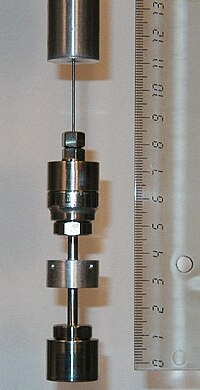Sorption calorimetry

Sorption calorimetry is like baking a cake, but instead of measuring ingredients, we check how much energy is released or absorbed when a substance attracts other materials.
Imagine you have a pan full of sugar cubes (the sorbent), and you pour some water (the sorbate) over them. As the sugar dissolves, it traps the water molecules and releases some heat (energy). Using a special device called a calorimeter, we can measure this heat and determine how much sugar dissolved in the water.
Sorption calorimetry is useful for studying many materials, such as how a drug binds to a protein, how humidity affects food packaging, or how certain minerals form in rocks. By measuring the heat involved in these processes, we can better understand their properties and design new materials with specific functions.
Imagine you have a pan full of sugar cubes (the sorbent), and you pour some water (the sorbate) over them. As the sugar dissolves, it traps the water molecules and releases some heat (energy). Using a special device called a calorimeter, we can measure this heat and determine how much sugar dissolved in the water.
Sorption calorimetry is useful for studying many materials, such as how a drug binds to a protein, how humidity affects food packaging, or how certain minerals form in rocks. By measuring the heat involved in these processes, we can better understand their properties and design new materials with specific functions.
Related topics others have asked about:
